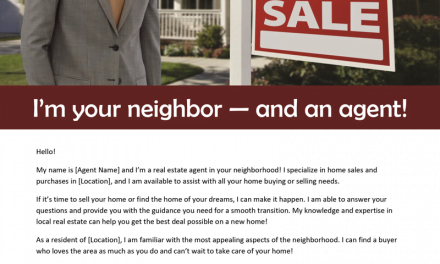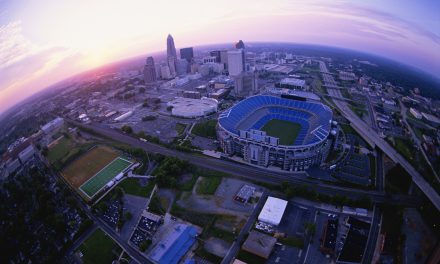The California legislature introduced Senate Bill (SB) 35 in 2017 as part of a wave of housing bills meant to address the state’s low- and moderate-income housing shortage.
SB 35 allows eligible housing developments to go through a streamlined approval process — including bypassing a review under the California Environmental Quality Act (CEQA) — so long as projects meet local objective zoning and design standards, provide a minimum percentage of low-income units, and follow labor and wage requirements.
Since its implementation in 2018, SB 35 has:
- streamlined 18,000 new housing units across the state;
- made the approval process for new multifamily infill development faster and more certain;
- become a default approach for many low-income housing developers;
- mostly been used for 100% low-income housing developments; and
- been used to overcome local resistance to new housing, according to The Terner Center.
The number of completed SB 35 housing projects according to the California Department of Housing and Community Development (HCD) has been:
- 375 in 2018;
- 419 in 2019;
- 108 in 2020;
- 21 in 2021; and
- 39 in 2022.
Most SB 35 projects were built in the Bay Area and Los Angeles County, according to The Terner Center. However, use of SB 35 increased in other parts of the state after the first couple years of its implementation.
In 2022, the share of SB 35 projects completed by income level in California include:
- 33% that were very low income;
- 48% that were low income;
- 7% that were moderate income; and
- 12% that were above moderate income, according to the HCD.
Related article:
Attorney General files lawsuit against Elk Grove for violating state housing laws
Build up, not out
Suburban sprawl has proven to be a poor long-term housing and retail strategy, despite the appeal of a mythic stand-alone home on the prairie.
The suburban sprawl trend leads to higher construction costs and less desirable outcomes for homeowners, as they are forced into neighborhoods with fewer amenities and longer commutes.
Prompt action on the re-zoning of city center parcels will take advantage of vertical environment — build up, not out — to level out the next home price boom, expected around 2026, from turning into another market-killing pricing bubble.
Rising prices of existing single family residence (SFR) housing will be subdued when new units can be built at prices comparable to home resale prices. Critically, zoning is the pricing key to builder access and market stability.
Successful zoning laws keep demand for government services at a consistent level when builders are allowed to demolish obsolete and insufficient structures and construct high-density housing on existing blocks and parcels within city centers. Thus, the need to extend roads and utilities (which the cities will then be required to maintain) is avoided.
Encouraging builders to build in urban centers makes cities more favorably centralized. At the same time, center city improvements deliver the convenient apartments and condos the growing cultural flow of urban dwellers most desire. Given the choice, most prefer to live near to where they work.
Legislation like SB 35 makes the permitting and building process for low-income housing options and infill development within urban areas more accessible. It sidesteps the vocal not in my backyard (NIMBY) supporters of restrictive zoning who champion suburban sprawl and place pressure on local city councils to deliver more of the same.
Still, more needs to be done to reduce the costs and time required to develop new housing in California, which will allow housing to reflect the population and its needs.
SB 35 is scheduled to sunset in 2026 unless SB 423, which was introduced in early 2023, is passed. SB 423 seeks to extend and modify the streamlined approval process created under SB 35.
Stay updated on the latest California legislation affecting housing at our Legislative Gossip page and subscribe to the Quilix newsletter for the latest real estate news and market trends.
Related article:
New construction doesn’t always mean more homes to go around














